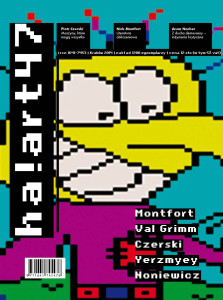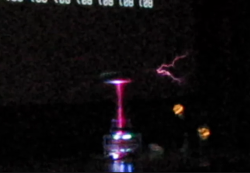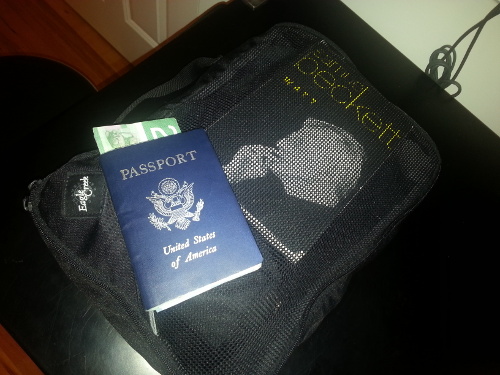A 6 byte Commodore 64 Demo
If you thought my last post about a 32 byte (plus 2 byte load address) Commodore 64 demo was esoteric, wait until you burrow into this one.
Back in March at Lovebyte I released a C64 demo that is a total of 6 bytes. I contrived this one so that the 4b of code end up “wedged” into a zero-page routine that runs every time RETURN is pressed. The effect is a pulsing pattern on the border. (You can just as easily make the screen pulse, which I personally find less aesthetically pleasing because the pulsing in that case happens over any text that is on the screen. It’s also a bit more eye watering and more likely to trigger seizures.) While it’s a very simple effect, I don’t know of any demo at all for this platform that has this file size or any smaller one. Some extensive trickery was involved in injecting my code into existing memory contents to produce this effect.



 Martin Schemitsch (a.k.a. Martinland) has compiled and released a disk to accompany our book
Martin Schemitsch (a.k.a. Martinland) has compiled and released a disk to accompany our book  The concept is based on one-line C programs to generate music, the earliest of which were by viznut. I (nom de nom) wrote a C expression in this style to generate a waveform that could be output as sound but
The concept is based on one-line C programs to generate music, the earliest of which were by viznut. I (nom de nom) wrote a C expression in this style to generate a waveform that could be output as sound but

